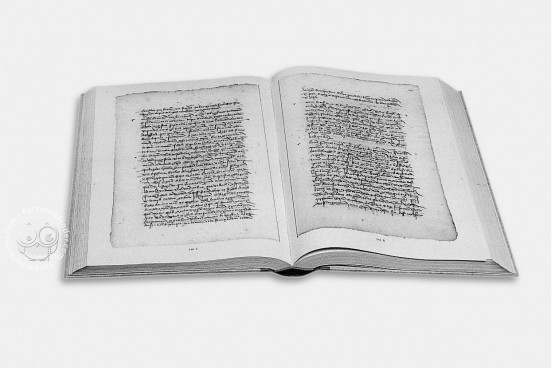The Letters of Relation, known also as the Cortés Codex and by the Spanish designation Cartas de Relación de la Conquista de la Nueva España, is a compilation of reports of the Americas, including four firsthand accounts of New Spain by Spanish conquistador Hernán Cortés written between 1520 and 1527.
Containing five lengthy reports to King of Spain and Holy Roman Emperor Charles V, these narratives record the Spanish conquests and occupation in Mexico. These stories include the arrival of Cortés and his troops on the island of Cozumel, their reactions to Aztec architecture and culture at Tenochtitlán, their expeditions along the Gulf of Mexico, the alliance with the Tlaxcala and other peoples of Mexico, and the capture of the Aztec leader Montezuma II.
Reporting from the New World
The volume is a compilation that includes five letters in Spanish and Latin. This body of reports constitutes one of the most important sources on the history of sixteenth-century New Spain. The first two expeditions of Cortés are narrated in the first letter, dated 1519, which is the one lengthy text in the manuscript not by Cortés.
Dated October 30, 1520, the second letter informs the reader of alliances with the Tlaxcalans and other ethnic groups in Mexico, the destruction of Cholula, the Spaniards′ perceptions upon their arrival at Tenochtitlán, and the capture of Montezuma.
Sent from Coyoacán, now part of Mexico City, in May 1522, the third letter describes the conquest of Tenochtitlán. Included in this letter are the names of Spanish military and political leaders.
The fourth letter, written by Cortés in October 1524, outlines expeditions led by others to regions of Mexico, Hibueras (now Honduras), and Guatemala. A notable aspect of this report is that it asks that Franciscan and Dominican friars be sent to Mexico.
In the fifth letter of September 1526, also written from Tenochtitlán, Cortés conveys news to Charles of the betrayal by Cristóbal de Olid, leader of the Hibueras expedition. Included in this report are descriptions of meetings with the Chontal and other Maya groups.
A Missing Text
The first letter, commonly known as the Prima Relación, bears the title ″Carta de las Justica y Regimiento de la Rica Villa de la Vera Cruz a la Reina Doña Juana y al Emperador Carlos V, su Hijo, en 10 julio de 1519.″ It was not written by Cortés but is a report from the city council of Veracruz. Even though a first letter is referred to in the body of the second letter, the ″Prima Relación" of this manuscript is not the letter indicated in the second report. Cortés′s actual Prima Relación does not survive.
Compiled for Someone at Court
The five letters are preceded by an introduction and are accompanied by a series of shorter texts pertaining to New Spain. The original compilation was made probably in 1528 or 1529, around the time Cortés returned to Spain. Most of the texts appear to have been a part of the original plan, but others seem to have been included at the time the volume was bound later in the sixteenth century. The compilation was made for someone addressed as ″your highness,″ surely someone connected to the court in Vienna, very possibly the emperor’s brother Ferdinand, at the time Archduke of Austria and King of Bohemia, Hungary, and Croatia.
A History of Many Owners
The Letters of Relation manuscript was in the Hapsburg court library by 1576. In 1865, the codex was given by Emperor Franz Joseph I to his brother Maximilian I of Mexico. Before his execution, Maximilian presented the manuscript to his physician, Samuel von Basch. Later it became the property of Mexican historian Manual Orozco y Berra. Eventually, it was owned by Alfredo Chavero and then Gilberto Crespo y Martinez, nephew of Chavero and Mexican envoy to Vienna. After the death of Crespo y Martinez in 1911, the manuscript was sold by Joseph Mayer, his chauffeur, to the Austrian Imperial Library, renamed the Österreichische Nationalbibliothek after World War II.
We have 1 facsimile edition of the manuscript "Letters of Relation": Cartas de Relacion de la conquista de la Nueva Espana facsimile edition, published by Akademische Druck- u. Verlagsanstalt (ADEVA), 1960
Request Info / Price
